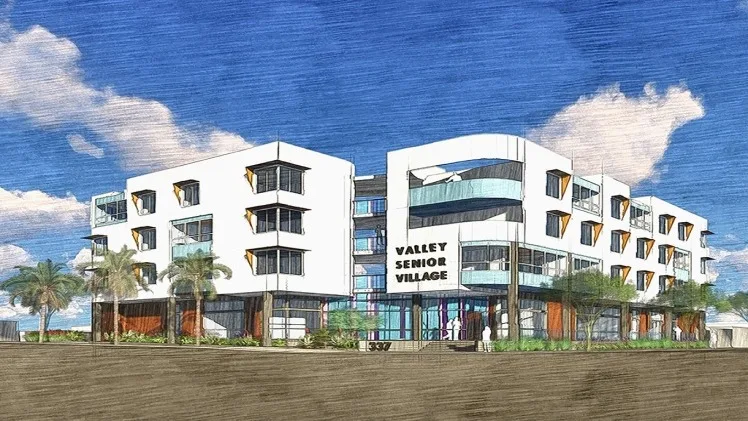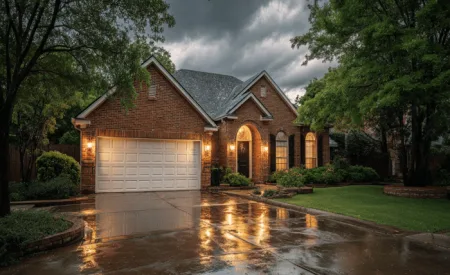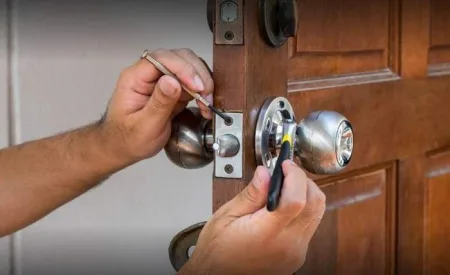The walls of homes in Escondido, California, are teeming with secrets and stories spanning decades. As Escondido’s real estate market continues to evolve, delving into your property’s history allows you to connect with the legacy of your home. In this guide, we explore Escondido’s real estate evolution and provide a roadmap to uncover the rich history behind your property.
1. Uncovering Property History
The journey to discover your property’s history starts with the Assessor’s Parcel Number (APN). According to the Old Escondido Historic District’s article on Researching Your Home’s History, owners can retrieve the Residential Building Record from the Assessors Office in San Marcos with the APN. This document contains information such as previous owners, the date of construction, and more, giving you an initial overview of your property’s historical background.
2. Mapping Escondido’s Past
Sanborn Fire Insurance Maps, as the Old Escondido Historic District mentioned, offer valuable insight into Escondido’s urban evolution. Available at the Escondido Library Pioneer Room and Escondido History Center, these maps display the original Lot and Block numbers and even the original street names, which have changed over the years. By analyzing these maps, you can visualize the historical layout of Escondido neighborhoods, helping you understand the context of your property in the broader community.
3. Tracing Ownership Over Time
As per the Old Escondido Historic District, the Lot & Block Indexes in the Pioneer Room reveal the names of property owners and assessments by year. This information allows you to estimate the construction year for your property. The Grantor/Grantee Indexes are crucial for tracing the ownership chain of your property over time. By understanding the historical ownership of your home, you can learn about the individuals who shaped its history and gain insight into the cultural and economic context of the time.
4. The Stories Buildings Tell
Building clip files, as the Old Escondido Historic District suggested, contain construction news from the Times-Advocate. Knowing your building’s construction year helps you find stories about its creation, revealing the builder, location, style, materials, and first owner. City Directories from 1923 onwards also provide information about owners or renters. This data allows you to piece together the social history of your property, offering a glimpse into the lives of past inhabitants and their contributions to the Escondido community.
5. A Hub of Historical Information
Escondido History’s article on How to Research Your Home’s History recommends checking the Biography Collection for articles on locals. By cross-referencing with Oak Hill and San Marcos Cemetery Records, you can find the burial date for previous owners, facilitating Obituary searches. The County of San Diego Archives may also hold the Chain of Title you need. This comprehensive approach helps you build a holistic understanding of your property’s history and its role in the broader historical narrative of Escondido.
The History of Real Estate Evolution in Escondido
The evolution of Escondido realty has been marked by periods of rapid growth and change, reflective of broader trends in Southern California. Early settlers in the late 1800s were attracted to Escondido’s rich soil and pleasant climate, leading to the development of agricultural lands. Over time, the city evolved into a residential hub, establishing historic neighborhoods such as Old Escondido. Today, the city’s real estate market includes a mix of historical and contemporary properties, each with its own unique property history that adds to the diverse tapestry of the city.
With its rich history, Escondido, California, offers a real estate market that is as captivating as it is diverse. As the Escondido realty landscape continues to evolve, exploring your property’s history allows you to connect with the legacy of your home. By following the roadmap we’ve outlined here, you can uncover the fascinating stories within your property’s walls and become part of the ongoing real estate evolution in Escondido.



